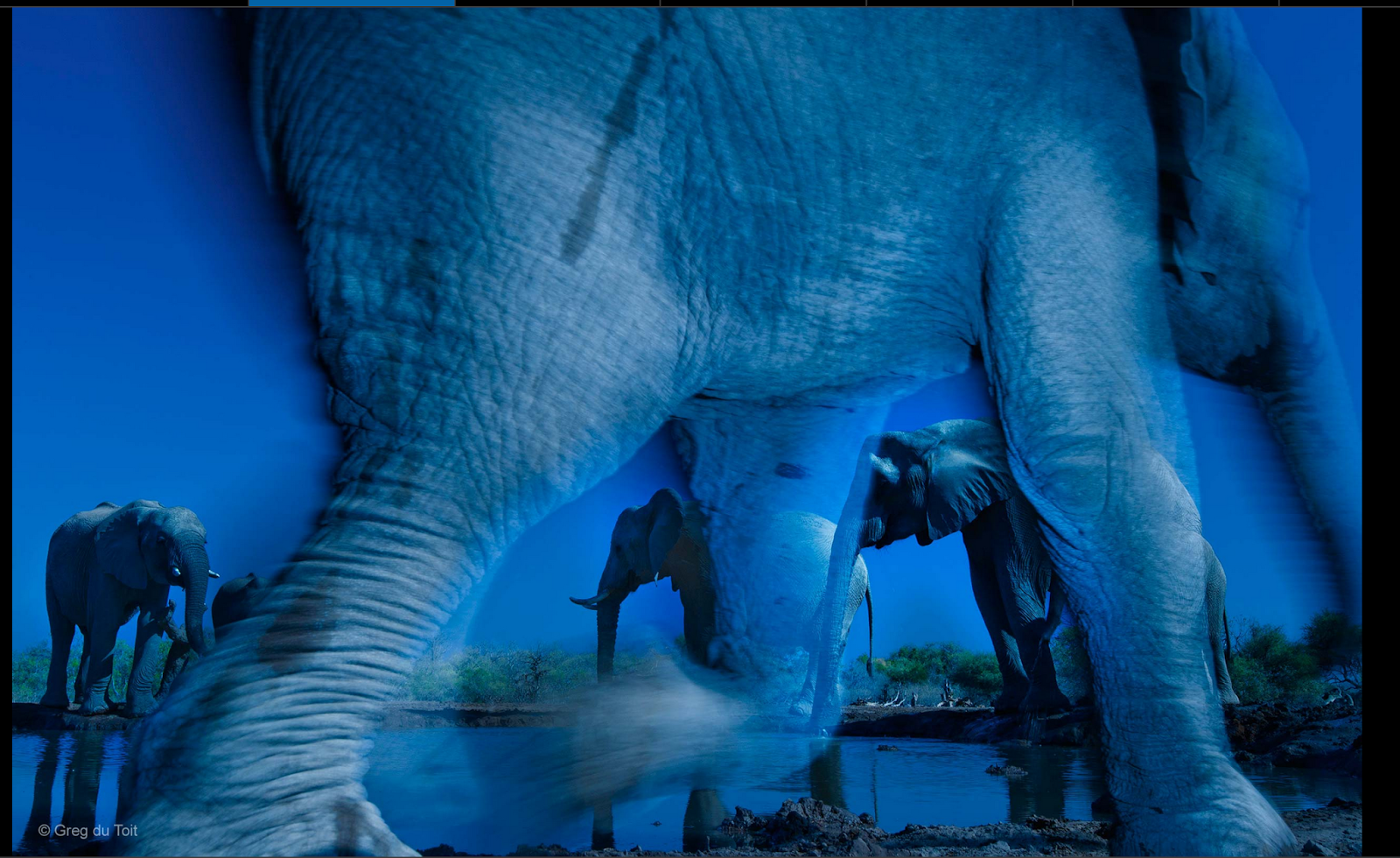In the past two weeks, we have discussed two non-academia good practices for conservation of biodiversity. In the posts of the following two weeks, we are going to talk about the practices from the academia world, including building biodiversity monitoring indices and monitoring efforts from remote sensing. In this post, I am going to briefly introduce a few indices, some of which I personally involved in.
Biodiversity degradation and species loss are identical issues with scientific evidence, however, there remains problems to translate science into policy-making. The power of scientific communication is limited to the publishments on journals in the world of scientists. The importance of biodiversity to ecosystem function provision, economic system performance, and human well-being needs to be translated into the language of policy-making. Biodiversity monitoring indicators are built to act as the bridge between science and communication and to achieve this goal itself needs to remain as unbiased as possible. According to Vascar et al 2012, there are a few biodiversity monitoring indices available decision-making and each of them has their advantages and disadvantages.
Living Planet Index
Living planet Index (LPI) is one of the leading indicator if the changing state of the world's biodiversity. The index is based on tracking the abundance of wild populations, which is measured usually in population count and density. The methodology of LPI is to measure trend of 2300 vertebrates species from published papers and secondary research to indicate the change in wild nature. The advantage is that the vertebrate database is largely available and most of them are real-time analysis, which supports a dynamic analysis of the nature change. Yet there is some criticism in terms of this methodology because the selection of species affect the result, for example, the results derived from LPI is most representative for vertebrates rather than any other species.
IUCN Red list Index (RII)
The Red List Index is one of the most authoritative system measuring changes in extinction risk. It uses categories from Least Concern (LC), Near Threatened (NT), Vulnerable (VU), Endangered (EN), Critically Endangered (CR), to Extinct in the Wild (CR). RII (IUCN, 2014) assessed 76,000 species and identified 18,000 threatened species. The status of threatened species are updated after a fixed period of time to keep the record close to real-time situation. Up to now, this index is the most successful and probably most powerful index as it is easy to understand and to communicate among scientists, policy-makers, NGOs and citizens. However, one main challenge it faces is that sometimes it reflects the change in human knowledge of the species and nature (especially with the technologies update today) rather than the true change in species.
There are also other indices focus on different aspects of biodiversity change monitoring, Marine Tropic Index is designed to measure the interaction between fishery and marine ecosystem through a trophic level analysis approach. Biodiversity Intactness Index (BII) is designed to look at the overall information of biodiversity, and it is frequently applied in environmental assessments. It is heard to compare whether one index is better than the others as 1) they use different methodologies, 2) their database have different selection of different data type of species, 3) they use different measurements of biodiversity, species richness (how many species are there in one area), total abundance (the total counts of animals/plants in this area), Simpson index (considers both the species richness and evenness of species distribution), which makes the comparative study even harder. I would also like to mention two monitoring project here to share some direct ideas of projects that I personally involved in.
PREDICTS
PREDICTS is short for Predicting response of Ecological Diversity in Changing Terrestrial Systems. PREDICTS project tries to enhance both the database and methods of the biodiversity study. It builds direct link between human land use and use intensity factors with biodiversity measurements (mainly species richness and Simpson index). It collects data for meta-analysis purposes from primary research all over the world and applies linear additive mixed-effects model for analysis. In such a way it already built a larger database than any existing indices and it predicts more accurate results. I worked with PREDICTS team for short-term project and I learnt the power of big data in the application of biodiversity conservation.
FOREST 500
The project Forest 500 is named after Forbes 500 to attract attention from business sector. It is a project launched by Global Canopy Programme in UK to identify the most powerful players in reducing deforestation, including production companies, suppliers and investors. It tracks the import/outport data of each country to identify the most significant importer/outporter, and finds the influential companies and investors in the transaction process. By assessing the corporate social responsibility policies, it grades these companies and monitor their CSR performance. In such a way, this project would lead to positive change of deforestation issues. In my personal experience of working with them, I am very amazed that the power of a small NGO with 4 full-time project team members can play in environmental campaign.
In this post, biodiversity monitoring indices are discussed as a good practice in biodiversity conservation. It provides the essential information of both policy making and scientific communication. Different indices are briefly discussed here, but each of them has its advantage in specific sector or in its implication. There is no right or wrong for adopting one index or not. At last, I shared two projects that I was involved to give more detailed information of the conceptual framework and operation of biodiversity monitoring project. Personally I believe these monitoring indices are powerful toolkits in policy-making and shall play more important role in the future.










